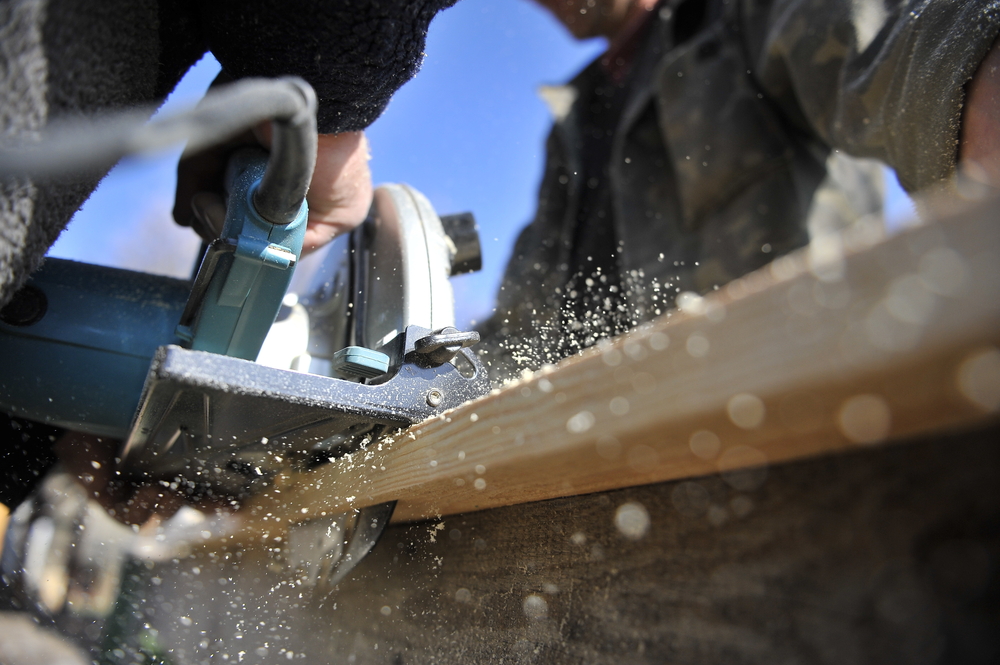 Every now and then, something is going to happen in your personal life that may put your contracting business at risk. Crises like a family illness or major car accident could divide your attention and most importantly, your time. Here are a few things you can do to ease your stress when you’re trying to manage a difficult load.
Every now and then, something is going to happen in your personal life that may put your contracting business at risk. Crises like a family illness or major car accident could divide your attention and most importantly, your time. Here are a few things you can do to ease your stress when you’re trying to manage a difficult load.
Set Priorities
People sometimes get into trouble when they try to balance too many things at once during a crisis. It’s not difficult to imagine. You try to make sure that you handle everything in normal order, even when your personal life is in chaos. This can lead to burn out, which increases the likelihood of mistakes. Instead, you should set the most basic priorities that will keep your business functioning, such as:
- Completing pressing work
- Notifying clients of delays
- Paying bills
- Paying employees
These are the tasks that help you keep the lights on while you devote time to more important matters.
Determine Likely Points of Failure
One of the first things you have to learn as a business owner is risk management. Risk management is a business practice that encourages you to evaluate the risks you’re likely to encounter with a project or approach. When you reach a point where you can’t keep running your business as you have been, it’s time to do some analysis on the most likely points of failure. This can be difficult for business owners to do because it requires you to admit honestly what you are most likely to do wrong or incompletely. But making a list can help. These points of failure are the ones that you need to plan for in advance, so that they don’t sink you.
Designate Checkpoints
Some people find themselves in a situation where they will be in a crisis for the next week or so. For others, it might be a month or two. In either case, you want to set a handful of checkpoints that allow you to evaluate your situation and decide if you need to make changes. This step is important because you may not need to operate at the same diminished capacity for the entire duration. There may be points where you can do more work, and days or weeks when you will need to do less. You can ask a friend, relative or business partner to help you remember to check-in. Otherwise, even a reminder on your smartphone may be enough to help you dedicate that time.
Delegate
The way you run your business depends a lot on your personality. Some people like to do the vast majority of the work by themselves, so that they don’t have to answer to anyone or delegate. Others prefer to lead by example and build a team of employees who can support them as fully as possible. When you find that you’re stuck in a bad situation, being able to delegate is a very useful skill. Assigning tasks to someone who is willing and able to perform at full capacity can help to ensure that they get done on time and according to specifications. If you don’t have employees, this might be a good time to research a few options for outsourcing that you can call upon when you need it.
Avoid Overextending Yourself
You know that meme about the dog that is sitting and drinking coffee inside a building that’s on fire? You definitely don’t want that to become your business. Overextending yourself is a quick way to lead to burnout, especially when you are having personal issues. If you build your business on the premise that people want to hire a contractor who will get the job done right the first time, you can understand the damage that can be caused when you’re so overcommitted that you start to cut corners. Instead, try to under-budget your time, assigning yourself less work than you think you can handle. That way, you can always give someone a pleasant surprise instead of disappointment.
Personal crises are likely to come up sometimes. How you manage them can help you keep your business afloat. For more information about building your contracting career, contact CSLS today!


